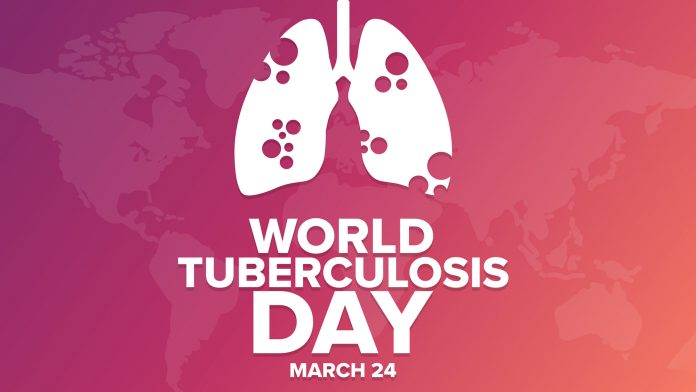
With World TB Day approaching on March 24, the World Health Organization (WHO) has called for investment to advance research, support, awareness, and treatment for tuberculosis.
TB is one of the leading causes of mortality worldwide, with around 4,100 people dying from the bacterial infection every day and nearly 30,000 contracting it. Significant progress has been achieved in combatting TB since 2000, with around 66 million lives being saved. However, for the first time in over ten years, deaths from TB increased in 2020, demonstrating how the COVID-19 pandemic has reversed the progress made over the last two decades. Moreover, conflicts in Eastern Europe, Africa, and the Middle East have significantly exacerbated the TB burden.
One of the potential reasons this regression has occurred is funding; worldwide, prevention, diagnostics, and treatment for tuberculosis received less than half of the global target of $13 billion annually by 2022. An additional $1.1 billion is needed per year for research and development alone.
Dr Tedros Adhanom Ghebreyesus, the Director-General of the WHO, commented: “Urgent investments are needed to develop and expand access to the most innovative services and tools to prevent, detect and treat TB that could save millions of lives each year, narrow inequities and avert huge economic losses. These investments offer huge returns for countries and donors, in averted health care costs and increased productivity.”
The global landscape of tuberculosis
It has been shown that investments into tuberculosis do not just benefit people with the condition but also health systems and pandemic preparation. The WHO outlined that in the wake of the COVID-19 pandemic, it is essential to boost investment and increase the development of tools to combat TB, including vaccines.
A lack of funding is resulting in the 2022 targets set in the UN High-Level Meeting political declaration and the WHO Director-General’s Flagship Initiative “Find.Treat.All” being in jeopardy. Between 2018 and 2020, 20 million people received treatment for tuberculosis – 50% less than the target of 40 million people reached with TB treatment for 2018 to 2022. During this period, only 8.7 million people received preventative treatment for tuberculosis – 29% less than the target of 30 million for 2018 to 2022.
These poor outcomes are even more severe for children and adolescents. For example, in 2020, an estimated 63% of children and young adults below 15 years with TB were not fully reached by or reported access to life-saving TB diagnoses and treatment services. This was even higher for children under five years – a staggering 72%. Moreover, nearly two-thirds of children under five who were eligible for preventative treatment for tuberculosis did not receive it.
Additionally, COVID-19 has exacerbated the impacts of children and adolescents with TB or at risk, as it increased TB transmission in the household and lowered care-seeking and access to health services. Now, the WHO is urging countries to restore access to tuberculosis services that have been disrupted by the pandemic, most notably for children and adolescents.
Dr Tereza Kasaeva, Director of WHO’s Global TB Programme, said: “Children and adolescents with TB are lagging behind adults in access to TB prevention and care. The WHO guidelines issued today are a gamechanger for children and adolescents, helping them get diagnosed and access care sooner, leading to better outcomes and cutting transmission. The priority now is to rapidly expand implementation of the guidance across countries to save young lives and avert suffering.”
New guidelines for children and adolescents
The WHO has released a new set of guidelines for managing TB in children and adolescents, outlining patient-orientated recommendations for the prevention, diagnosis, and treatment of tuberculosis. The recommendations include:
- Diagnostic testing has expanded to include non-invasive specimens, such as stools.
- Rapid molecular diagnostics are recommended as the initial test for TB diagnosis for children and adolescents.
- Children and adolescents who have non-severe forms of drug-susceptible TB are now recommended to be treated for four months instead of six months, and TB meningitis, where a six-month regimen, is now recommended instead of 12 months. This promotes a patient-centred approach that will reduce the costs of TB care for children, adolescents, and their families.
- Two of the newest TB medicines to treat drug-resistant TB (bedaquiline and delamanid) are now recommended for use in children of all ages, making it possible for children with drug-resistant TB to receive all-oral treatment regimens regardless of their age.
- New models of decentralized and integrated TB care are also recommended, which will allow more children and adolescents to access TB care or preventive treatment closer to where they live.
























